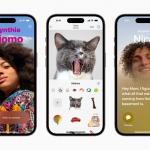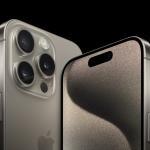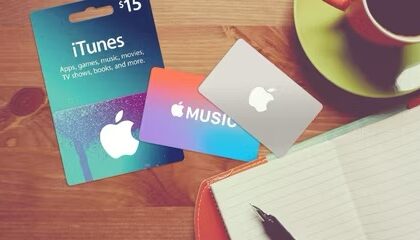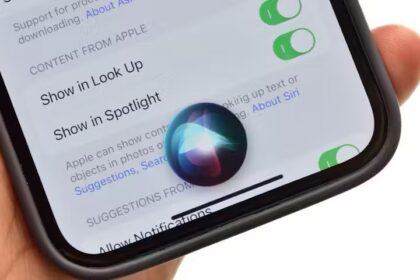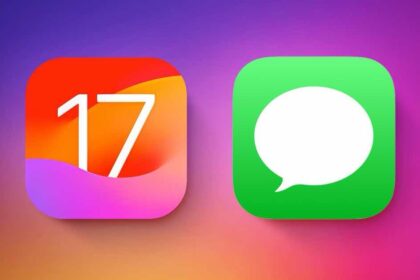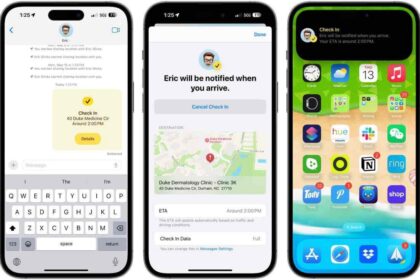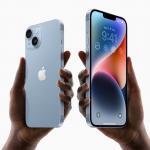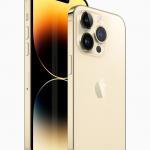Samsung and Apple are two of the biggest names in the tech industry, each with their own line of devices that offer unique features and functions. One of the most popular accessories for Samsung devices is the S Pen, a stylus that is specifically designed to work with Samsung Galaxy tablets and smartphones. But can this stylus work on an iPad, which is Apple’s flagship tablet? In this article, we’ll explore this question in detail, examining the compatibility between Samsung stylus and iPad, and how to get the most out of your tablet and stylus.
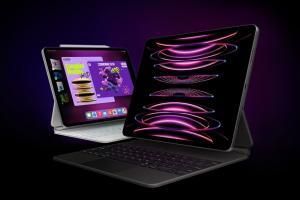
What is the Samsung Stylus?
Before we delve into the question of compatibility, it’s important to understand what the Samsung stylus is and how it works. The S Pen is a digital stylus that is designed for use with Samsung Galaxy devices. It allows users to write, draw, and navigate their device with greater precision and accuracy than they could achieve with their fingers alone. The stylus is pressure-sensitive, meaning that it can detect varying levels of pressure, which is especially useful for drawing and sketching.
The S Pen is not just a simple stylus, however. It is also equipped with a range of features that make it a versatile tool for Samsung Galaxy users. For example, the S Pen can be used to take notes, edit documents, and even control some aspects of the device remotely. It also has a built-in button that can be used to activate certain features, such as taking a screenshot or opening a specific app.
Is the Samsung Stylus Compatible with the iPad?
Now that we have a better understanding of what the Samsung stylus is and how it works, we can turn our attention to the question of compatibility. Can the Samsung stylus be used with an iPad? The short answer is no. The Samsung stylus is specifically designed to work with Samsung Galaxy devices and is not compatible with other devices, including iPads.
There are a few reasons for this. Firstly, the S Pen uses a different technology to other styluses on the market, including the Apple Pencil. The S Pen uses a technology called Wacom EMR (Electro-Magnetic Resonance), which is not supported by the iPad. The Apple Pencil, on the other hand, uses a technology called Apple Pencil Technology, which is specifically designed for use with iPads.
Secondly, even if the S Pen were compatible with the iPad, it would not be optimized for use with the device. Samsung has designed the S Pen to work seamlessly with its own devices, taking advantage of the specific features and functions of the Galaxy range. Using the S Pen with an iPad would likely result in a less-than-optimal experience, as the stylus would not be fully optimized for use with the device.
Alternatives to the Samsung Stylus for iPad Users
While the Samsung stylus may not be compatible with iPads, there are a number of alternatives on the market that offer similar features and functionality. The most popular of these is the Apple Pencil, which is specifically designed for use with iPads. The Apple Pencil is pressure-sensitive, allowing users to create a range of different strokes and effects when drawing or sketching. It also has a built-in battery that can be charged by plugging it into the iPad, and it can be used for up to 12 hours on a single charge.
Another alternative to the Samsung stylus is the Adonit Jot Pro 3, which is designed for use with a range of different devices, including iPads. Like the Apple Pencil, the Jot Pro 3 is pressure-sensitive and offers a range of different strokes and effects. It also has a built-in clip that allows it to be attached to a pocket or notebook for easy transport, and it can be used for up to 20 hours on a single charge.
For users who prefer a more affordable option, the Logitech Crayon is another alternative to the Samsung stylus. This stylus is designed for use with iPads and offers many of the same features as the Apple Pencil, including pressure sensitivity and tilt recognition. The Logitech Crayon does not have a built-in battery, but it can be charged using a lightning cable, and it offers up to 7 hours of continuous use on a single charge.
Tips for Getting the Most Out of Your iPad and Stylus
Whether you choose to use the Apple Pencil, the Adonit Jot Pro 3, the Logitech Crayon, or another stylus, there are a few tips and tricks that can help you get the most out of your iPad and stylus.
Firstly, it’s important to choose the right app for the job. There are many apps on the market that are specifically designed for use with styluses, including drawing and sketching apps, note-taking apps, and even apps for editing photos and videos. Choosing the right app can help you to take full advantage of the features and functionality of your stylus.
Secondly, it’s important to take advantage of the pressure sensitivity and tilt recognition features of your stylus. These features allow you to create a range of different strokes and effects, and can make your drawings and sketches much more realistic and lifelike. Experiment with different levels of pressure and different angles to find the best settings for your needs.
Finally, don’t be afraid to experiment and try new things with your stylus. Whether you’re a professional artist or just starting out, there are endless possibilities for what you can create with a stylus and an iPad. With a little practice and experimentation, you can unlock your creativity and take your digital artwork to the next level.
Can the Samsung Stylus Work on an iPad? Now you know!
In conclusion, while the Samsung stylus is not compatible with iPads, there are many alternatives on the market that offer similar features and functionality. Whether you choose the Apple Pencil, the Adonit Jot Pro 3, the Logitech Crayon, or another stylus, there are many ways to get the most out of your iPad and stylus. By choosing the right app, taking advantage of pressure sensitivity and tilt recognition, and experimenting with different techniques, you can unlock your creativity and take your digital artwork to new heights.


